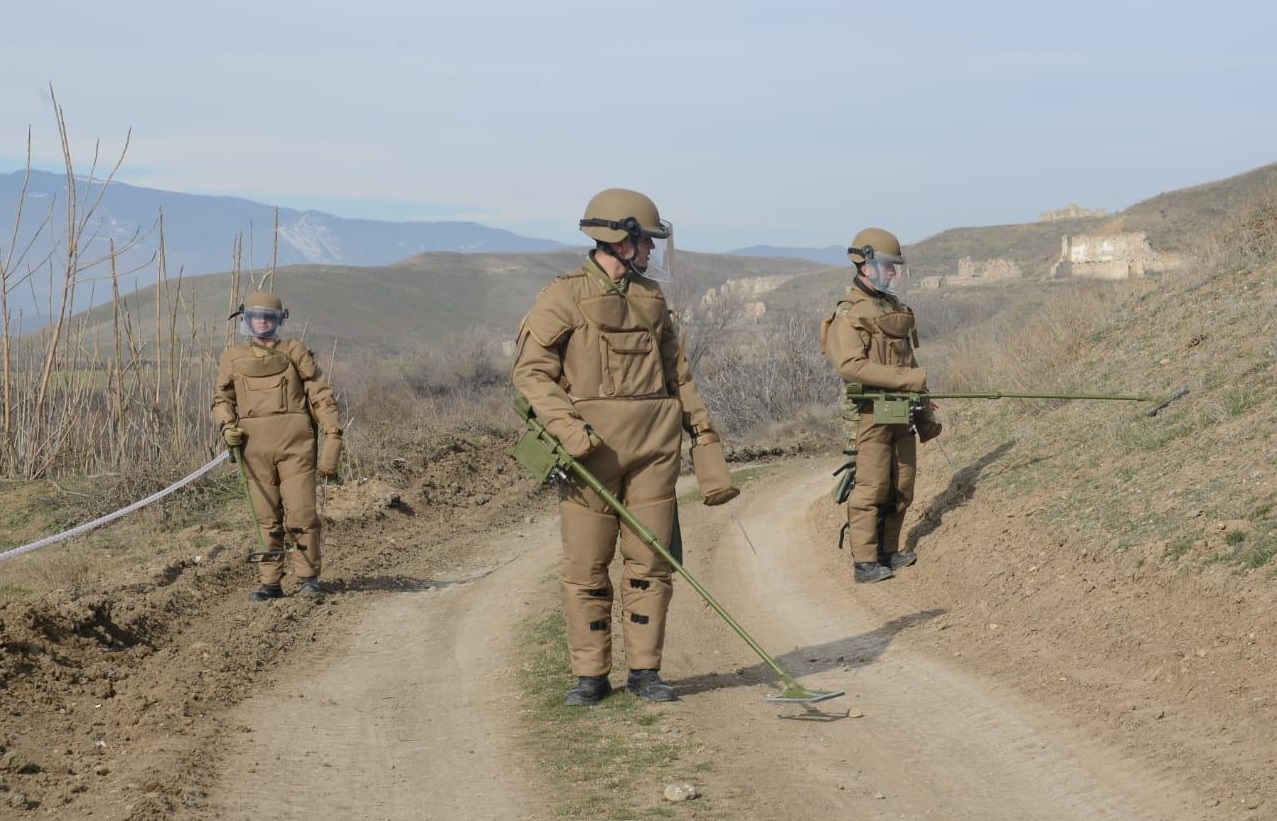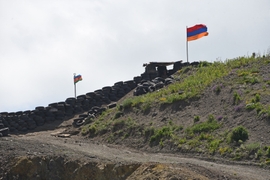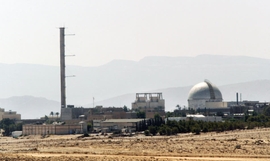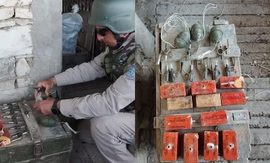The United Kingdom (UK) has allocated half a million pounds, or nearly $693,000, to assist mine clearance operations in the Karabakh region of Azerbaijan, the British government announced on Thursday.
The funding supports efforts under the United Nations Development Programme (UNDP) to reverse damage done during last year’s Armenia-Azerbaijan war in the latter's Karabakh region.
“These funds will help with training and personnel to support de-mining and the UK is now calling on other countries to support the United Nations Development Programme (UNDP) initiative,” the statement reads.
“We’re calling on our international partners to also support the collective effort needed if we are to ensure the safety of all people in the region” British Minister for the European Neighbourhood and the Americas, Wendy Morton, said, adding the Karabakh region is amongst some of the most heavily mined in the world, with frequent reports of civilians being injured or killed by landmines.
The UN will reportedly use funds to provide technical, strategic, and management support in order to help the Azerbaijan National Agency for Mine Action (ANAMA) facilitate mine clearance operations in the Karabakh region. Delivery of training and personnel for Azerbaijan’s national mine action program is expected as part of the UNDP response to demining operations in the liberated lands of Azerbaijan.
The ultimate goal of the UK’s financial assistance is to make the area safe, prevent injuries, and save lives following last year’s war.
The funding comes as the UK’s second involvement in humanitarian assistance in the Karabakh region. Shortly before hostilities ended last year, British authorities announced that one million pounds ($1.38 million) worth of food and medicine supplies would be distributed to those affected by the war.
Armenia and Azerbaijan have long been at odds over the latter’s Karabakh (Garabagh) region. Following the Soviet Union’s dissolution in 1991, Armenia launched an all-out military attack against Azerbaijan. The Karabakh region was occupied by Armenia in the wake of a bloody war in 1991-1994. Over 30,000 ethnic Azerbaijanis were killed, and one million others were expelled from their homes in a brutal ethnic cleansing policy conducted by Armenia.
The UN Security Council adopted four Resolutions in 1993 demanding the immediate cessation of hostilities, the immediate complete and unconditional withdrawal of the occupying forces from the Azerbaijani lands and the return of internally displaced Azerbaijanis to their native lands. Despite the UN resolutions, Armenian authorities refused to withdraw the occupying forces from the Azerbaijani lands, paving the way for the next bloody war.
On September 27, 2020, the decades-old conflict between the two countries spiraled after Armenia’s forces deployed in the occupied Azerbaijani lands shelled military positions and civilian settlements of Azerbaijan. During the counter-attack operations that lasted 44 days, Azerbaijani forces liberated over 300 settlements, including the cities of Jabrayil, Fuzuli, Zangilan, Gubadli, and Shusha, from nearly 30-year-long illegal Armenian occupation. The war ended in a tripartite statement signed on November 10 by Armenia, Azerbaijan, and Russia. Under the statement, Armenia also returned the occupied Aghdam, Kalbajar, and Lachin districts to Azerbaijan.
Azerbaijan’s territories have been mined heavily during their nearly 30-year-long occupation by Armenia since the early 1990s. ANAMA deployed its specialists and cutting-edge machinery of the Turkish, British, and Slovak production for mine clearance activities in the liberated lands.
Demining operations, however, faced many challenges due to Armenia’s refusal to hand over the maps of the areas where the landmines were planted. Earlier this year, Armenia submitted some minefield maps of the once occupied Aghdam, Fuzuli, and Zangilan districts of Azerbaijan, which reportedly identify the coordinates of a total of 189,000 anti-tank and anti-personnel mines. However, the Azerbaijani authorities confirmed the maps to be only 25 percent accurate.
After the ceasefire, more than 150 Azerbaijani citizens were killed or injured by Armenian landmines in the liberated lands. On June 4, two journalists and a government official in Azerbaijan were trapped in a fatal mine explosion in the Kalbajar district.
ANAMA officials noted that the neutralization of unexploded ammunition, warheads, and missiles in the combat zones under current circumstances could take 5-6 years, while it is about 10-13 years for the mined areas.







 The Mine Action Agency of Azerbaijan (ANAMA) reported on Thursday the discovery of a significant amount of explosives in the Khojavand district of ...
The Mine Action Agency of Azerbaijan (ANAMA) reported on Thursday the discovery of a significant amount of explosives in the Khojavand district of ...
 Iran has refuted reports of alleged damage to Shimon Peres Negev Nuclear Research Centre located southeast of Dimona, Israel, during the recent air...
Iran has refuted reports of alleged damage to Shimon Peres Negev Nuclear Research Centre located southeast of Dimona, Israel, during the recent air...
 Iran’s Foreign Minister, Hossein Amir-Abdollahian, has labeled a foiled Israeli drone attack in certain parts of the country as a "failure" for Isr...
Iran’s Foreign Minister, Hossein Amir-Abdollahian, has labeled a foiled Israeli drone attack in certain parts of the country as a "failure" for Isr...



